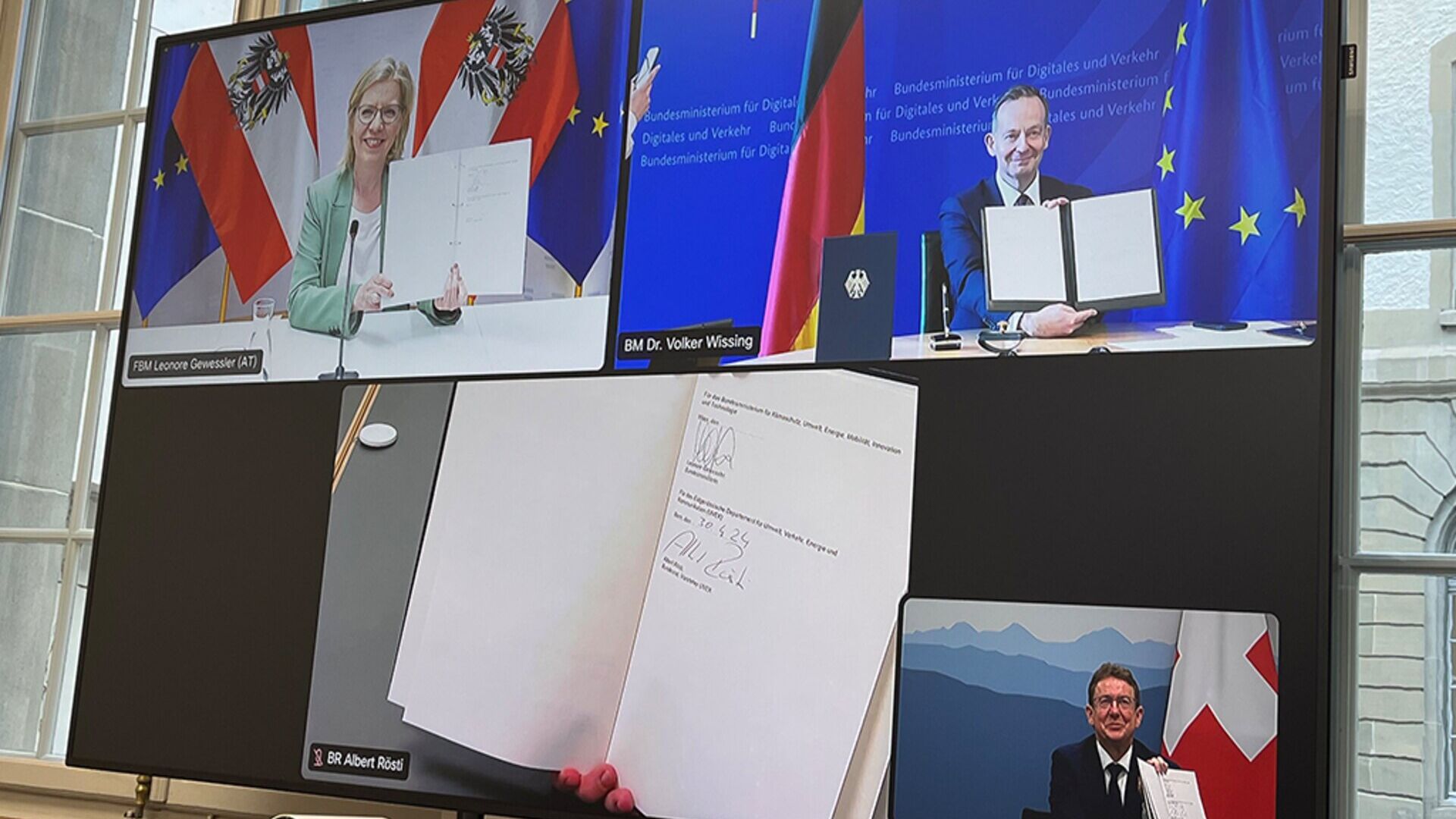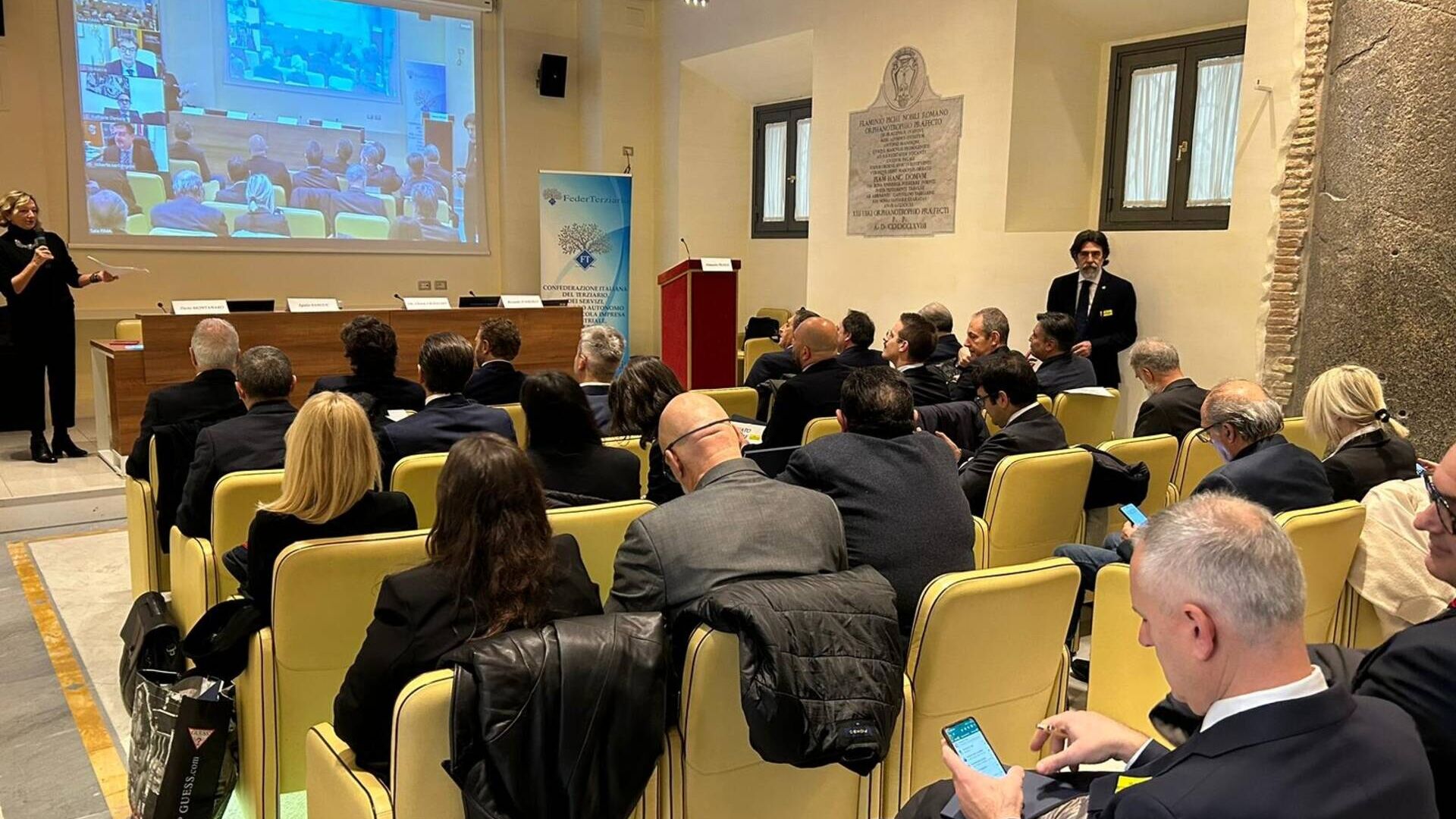The information architecture of a website
The information architecture of a website
I think there is a deep cultural problem that affects common behavior and makes it difficult to talk to customers about certain topics. When people go through the long and difficult journey of building a website, they think it's all easy, that the best effort is to provide two cross texts, well done or not.
What a terrible mistake.
I always like to approach the matter with the metric of someone who asks the question: "Does it help?". And if needed, “What is it for?”. And the question of questions: "Who is it for?". For this I will always thank Rachele Zinzocchi. Because eventually, when you've answered the questions, you'll automatically answer this one: "Why the heck are you doing this?"
Because in the end, one thing is clear: people don't know why a website should be built, nor do they know exactly what it is for or what functions it should or could perform within a business context. He does not know. He knows it's useful because everyone has it, but what he can do with that "thing" remains written in the clouds. It is not taught in school, but not even in university. And up to here I can even stay, but you don't teach how to reason by objectives, by function, by project.
One of the pain points that I find myself dealing with practically ALWAYS, is information architecture. WHAT ?????????
Yes, information architecture! The famous menu, how the hell do you want it to be composed? And the contents, how do you want them to be organised? How do you want the Home Page to be proposed? And from there you see the most abstruse reasoning. But you realize that there's a problem with how things are sent to you, there's no precise order, there's no underlying reasoning. Just look at how the files are named: the fucking running dog! Then they can't find the files...
It is from the information architecture that you understand if the customer has an idea of what he is doing and where he wants to go. But let's get to the point.
What is Information Architecture?
Information architecture is not an object but a practice and consists in organizing information on a website in a logical and semantic way so that it is easy for the visitor to use, understand and find. There is therefore a precise underlying logic, there is a thought, there is an organizational will which is then expressed in a layout that is not only graphic but structural!
What do you want a visitor to read? Why must he read it? And what action do you want it to take? Because good information architecture helps people
Working on this area implies the fact that it is necessary to think already about the origin, the language to adopt, the type of information to be made available and above all the type of action to be activated by the user. It therefore translates into a systematic passage of "quail jumping" as I often say and that is to put oneself in the visitor's shoes and not in one's own. Information architecture becomes enormously effective when it is designed taking into account the real needs of users and people. It is more effective if it is designed around people's real needs. Even Google thinks in "human-oriented" terms and for this reason we always talk about user-centered design.
At this point, the subject begins to become extremely complex and would require an adequate and structured treatment because the subject is vast and complex. It means that in order to design a website, the information architecture must necessarily be adapted to the context taken in reference so that it is coherent with the objectives, the strategy and also the culture of the customer. So much so that to achieve this, the following points need to be defined:
- the strategic objectives of the site
- the economic resources available
- the current directives/standards that bind the project
- customer culture, also understood as the propensity to change
- the technological scope and existing standards to manage the website
- the human resources involved in the project, and their technical skills
- the operational limits, relating for example to logistics, safety
I can also add that the fundamental principle of information architecture is to take into account not only the context but also the functions of the company and the services they offer and here things get quite complicated. A pizzeria certainly operates in different contexts than an engineering company, it has different needs, it has a different approach to the public, it has different targets and customer segmentation and even customer behavior is different. Therefore, different approaches and layouts can be imagined and created, modeling them on the basis of a specific analysis or thanks to the experience of the web architect.
So here are the above questions that come back to the bomb and I repeat them:
- Need it?
- What is it for?
- Who is it for
- Why is it needed? Why am I doing this?
All this to demonstrate how complex the design and then the creation of a website has become today, whether it is a simple or more complex site and that the definition "showcase site" is an absolutely inappropriate definition.
You may also be interested in:
Austria, Germany and Switzerland for "more innovative" cargo railways
DACH Ministers Leonore Gewessler, Volker Wissing and Albert Rösti: the introduction of Digital Automatic Pairing is a key element
by Editorial staff Innovando.NewsEditorial staff of Innovando.News
Persuasion or manipulation? Genesis and historical impact of PR
This is how Public Relations, from the sophistic dialogue of ancient Greece to the current digital era, continues to offer continuous innovation
Young people and cryptocurrencies: how to find out more about Bitcoin…
Introducing kids to digital currencies and Blockchain can be an exciting endeavor, given their affinity for technology and innovation
“The patient at the centre”: a great hope and a meeting in the Senate
The topic of the importance of innovation in medical devices for European healthcare will be explored on 15 May in Rome by experts and politicians
by Alberto NicoliniEditor of districtbiomedicale.it, BioMed News and Radio Pico




